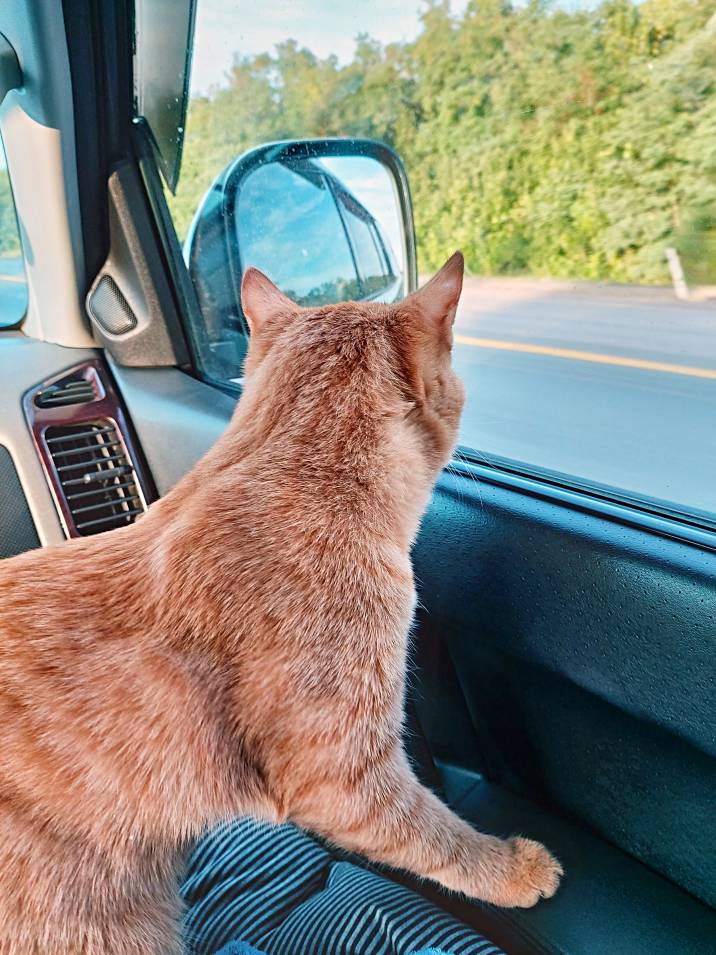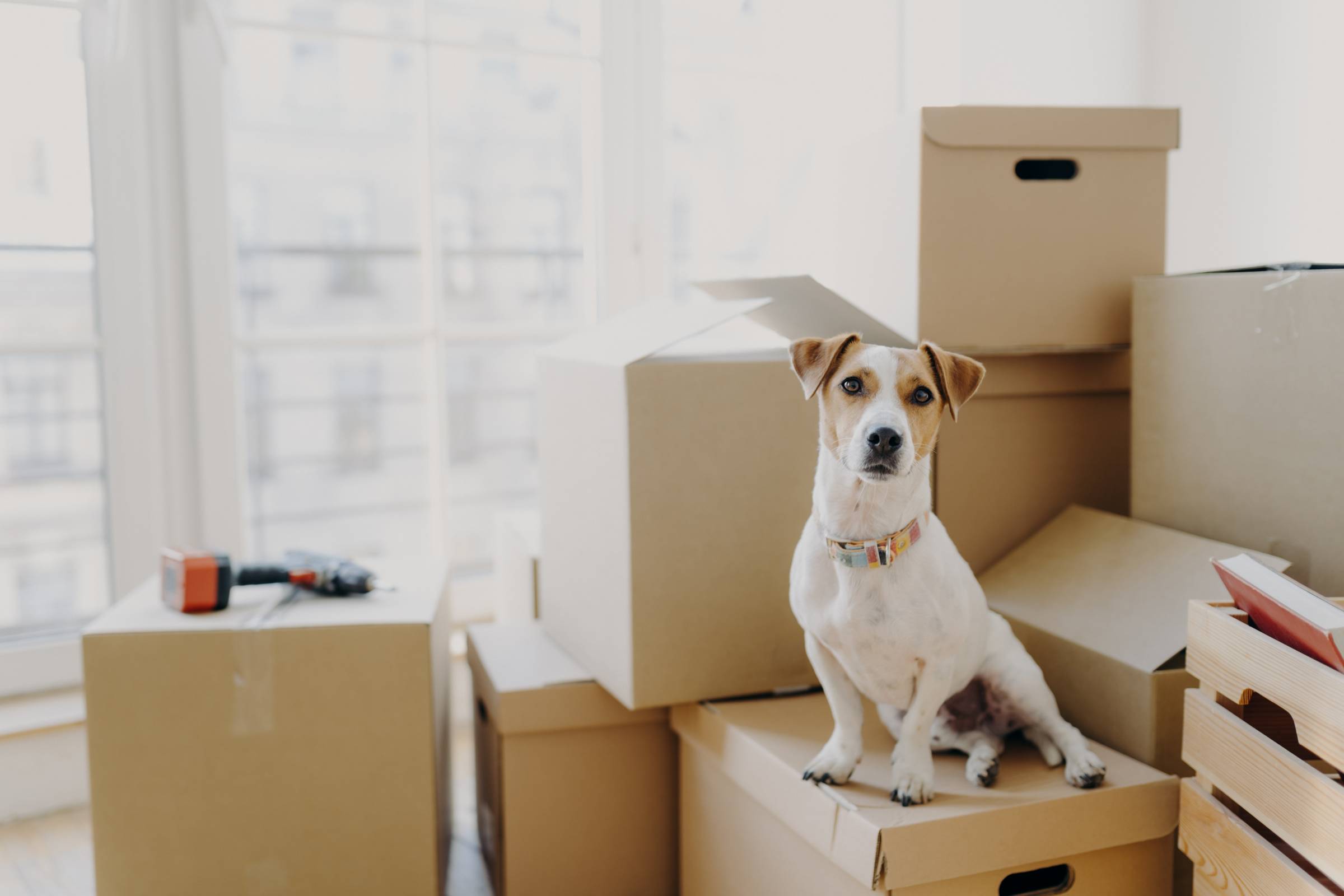- Home/
- Costs/
- Pet Transport/
- Pet Transport Cost
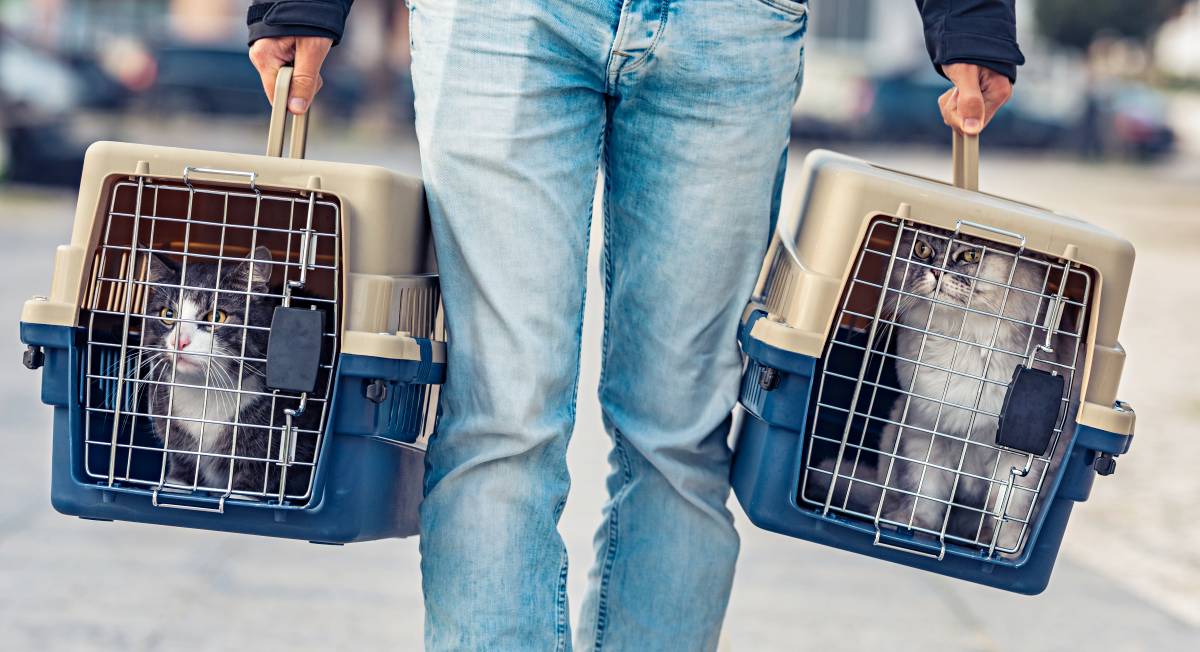
How much does pet transport cost?
Get a free quote nowPost to find a price. It's free and only takes a minute.
Price guide
$100 - $1,000
low
$100
median
$350
high
$1,000
Last Updated on
The first thing you'd probably consider when moving to a new home is how you can relocate with your beloved pet. Do you know that the average cost of pet transport is also influenced by requirements like vet visits, tests and certifications, customs clearance, and more?
In the US, pet courier services cost $100 to $300 for short-distance domestic journeys, while long-distance ones cost $350 to $600. Generally, the cost of pet transport by air ranges from $275 to more than $1,000.
Average pet transport cost based on crate size
Thanks to the extensive services offered by transportation companies, you're allowed to safely transport your cats, dogs, and other pets. It's okay as long as your pet is allowed to travel by car, cargo ship, and plane. Be sure to choose the most comfortable option for your furry friend and not just consider cheap pet shipping.
Here's a table you can refer to when calculating interstate or cross-country pet transport costs:
|
Breed Size / Corresponding Crate |
Transport cost |
Small |
$490 |
Medium |
$520 |
Medium+ |
$545 |
Intermediate |
$575 |
Large |
$630 |
X-Large |
$735 |
Giant |
$845 |
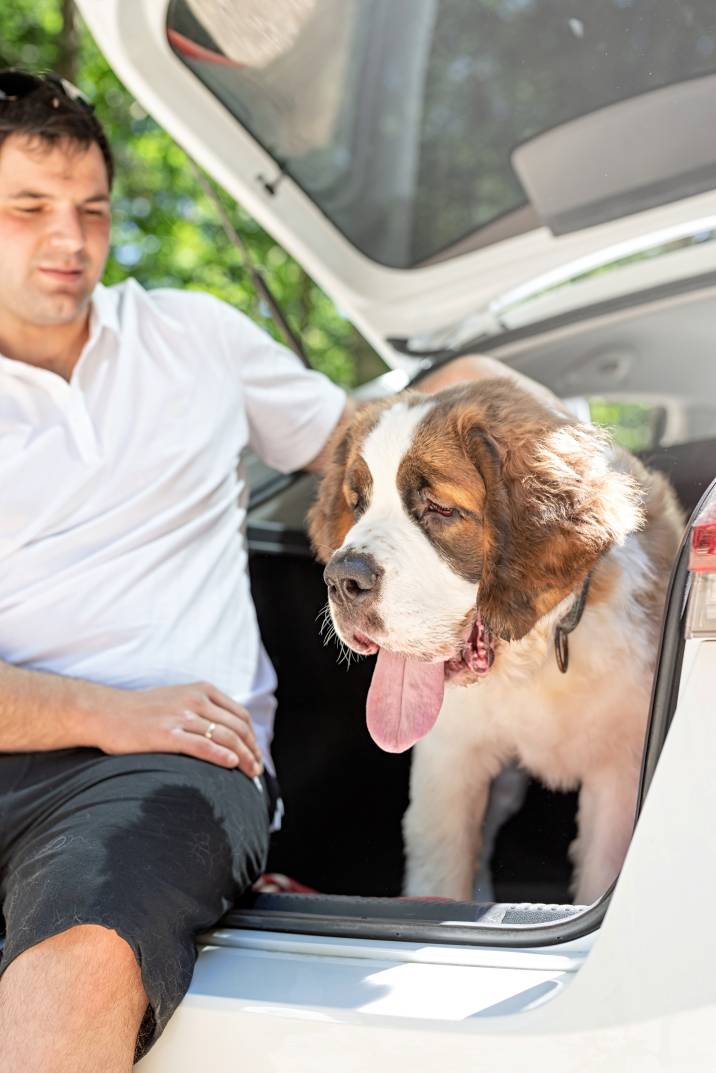
Factors affecting pet transport costs
1. Travel crates
Airlines would most likely require travel crates for your pet, whether for in-cabin travel or in the cargo hold. The larger the crate, the more expensive it gets. For instance, a dog crate can cost $50 to $400. Many pet transport services also offer to supply these crates, along with beddings, bowls, litter boxes, collars, leashes, and bottled water.
Your pet's crate should be tall enough for them to stand up. They shouldn't have to duck to see out of the crate. The crate should also be wide enough for your pet to turn around easily and long enough for them to lie down comfortably with their paws extended. Moreover, the crate should comply with the regulations of the United States Department of Agriculture and the International Air Transport Association. In general:
It should be made of hard plastic, metal, or wood. The top part should be solid (no ventilation or top doors).
The crate door must be made of metal (no hard plastics and other materials allowed!). It should also securely close.
Kennels should be assembled properly and have quality hardware. Note that kennels with plastic side latches are usually not allowed.
Don't forget to affix two water dishes to the inside of the kennel door.
Check if the floor is solid and leakproof. You can also place an absorbent towel at the bottom of the crate.
If your dog is too big, you might need to get a custom-made travel crate that complies with standards for international travel. Also, double-check with your airline if larger crates like this are allowed.
2. Vet visits
A vet visit is crucial to ensure that your dogs, cats, or other pets are healthy and fit for travel. Complete vaccination records, blood tests, health checks, and microchipping by a government-accredited veterinarian might also be essential when moving internationally. The cost of a simple domestic health certificate already varies between vets, from $75 to $250. Check the pet import requirements of your destination so that you can discuss them and their related costs with your vet.
3. Airline tickets and fees
You might need to pay more for your pet than your own airfare. That's because live animals need extra care and attention throughout their travel. For cargo, many airlines use the volume of the travel crate to base the ticket pricing. To fly a small dog like a Chihuahua via cargo, expect to pay around $275 to $300. Large dogs like Great Danes can cost around $1,000 for domestic flights.
4. Ground transportation
Consider ground transportation if you're moving with your pet to a nearby city or state. Pet ground transport costs depend on the distance of the journey. Pet moving prices usually start at $2,200 to $2,400 for a 10-hour drive. Meanwhile, the cost of transporting a pet interstate ranges from $6,000 to $6,400.
5. Pet taxis
If you book a taxi, pet relocation costs depend on the distance from the airport, the number of pets, and the time of day. In New York City, transporting a dog to an airport 10 miles away from a residence costs around $275. So if you have a tight budget, consider hiring a pet taxi before or after the morning/evening rush hour to avoid premium fees.
6. Government approvals or endorsements
Pet transportation requires country-specific fees for brokers, taxes, tariffs, and clearances. Airlines usually inform you about these costs upon flight booking. For more information, also check your destination country's pet transportation policies.
7. Quarantine
Some countries require a quarantine period, so consider the expenses that a quarantine facility entails. These include pet food, bathing materials, and toys. Your pet must have everything they need to stay happy and healthy in a confined space.
Post a task for pet transport
In light of everything you need to prepare, it's wise to work with a professional pet transporter for the safety and well-being of your pet. Taskers can provide everything your pet needs, from crates to vet visits, so you can plan for other important things, like rubbish removal and furniture assembly.
Then if you need time to settle into your new residence, they can look after your cat or dog through pet boarding services. Ultimately, you can make the relocation process easier by posting a task and connecting with a pet transporter. Once you fill out the request form, you'll receive price quotes from Taskers near you shortly.
FAQs
Here’s a list of who to contact before arranging your pet’s travels:
Your veterinarian
Your chosen airline or travel company
Accommodations if traveling for leisure
Destination state’s animal inspection service to know their regulations
Destination country’s foreign consulate
Book reservations for yourself and your pet at the same time. Remember that airlines often limit the number of pets allowed on each flight. Choose a non-stop flight as much as possible to minimize the stress of changing planes. In warm weather, choose early morning or late evening flights. On the other hand, in colder weather, choose mid-day flights.
If you’re travelling via car, try to make frequent stops (about every 2-3 hours) so that your pet can do their business and get some exercise. Minimize stress by providing your pet with its favorite blanket or toy. Make sure your car is well-ventilated, too.
Find pet transport experts, fast
Post a task
Related price guides

How much does pet transport cost?
Read more
Related articles
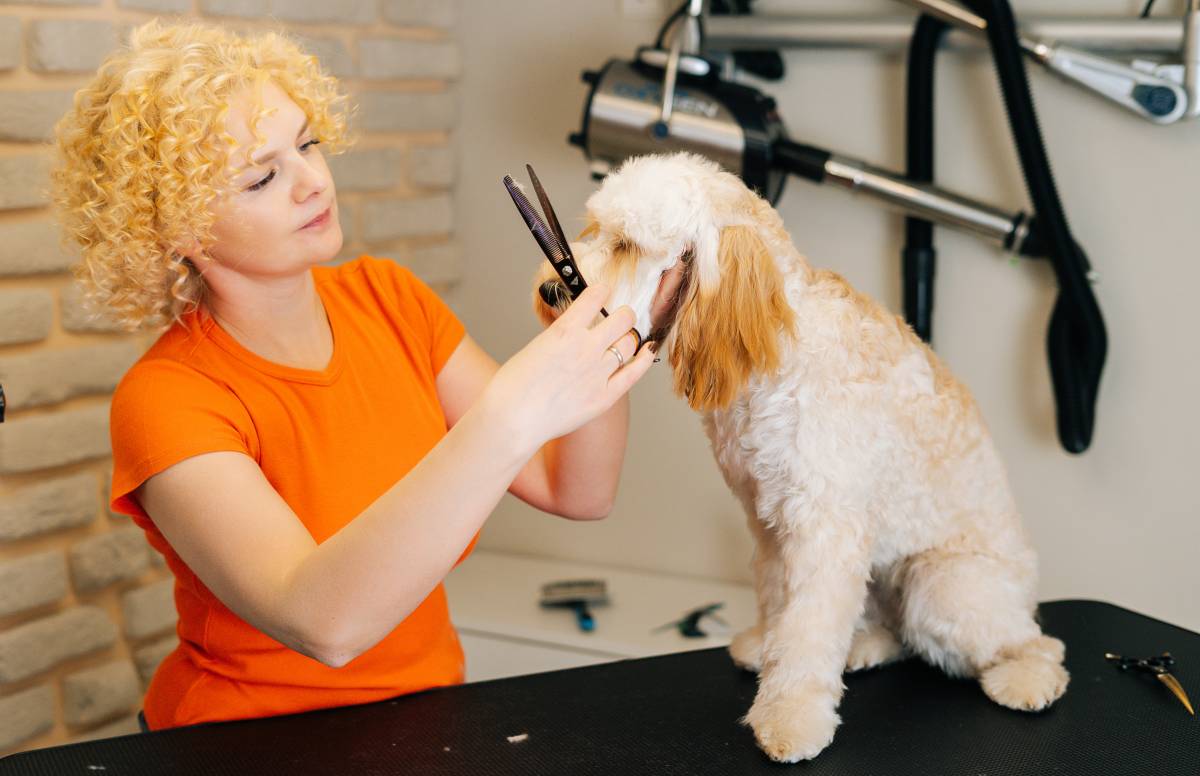
How much does a pet groomer make?
Read more

Best side hustles for veterinarians
Read more
